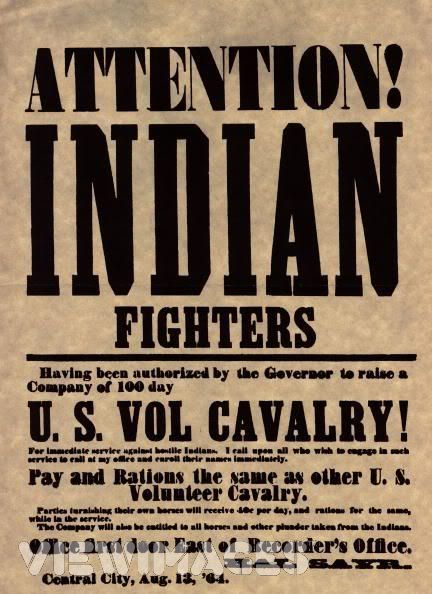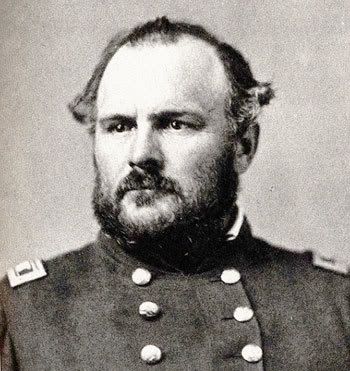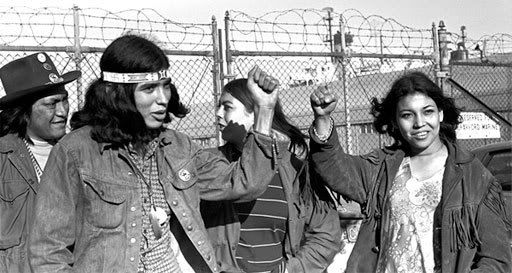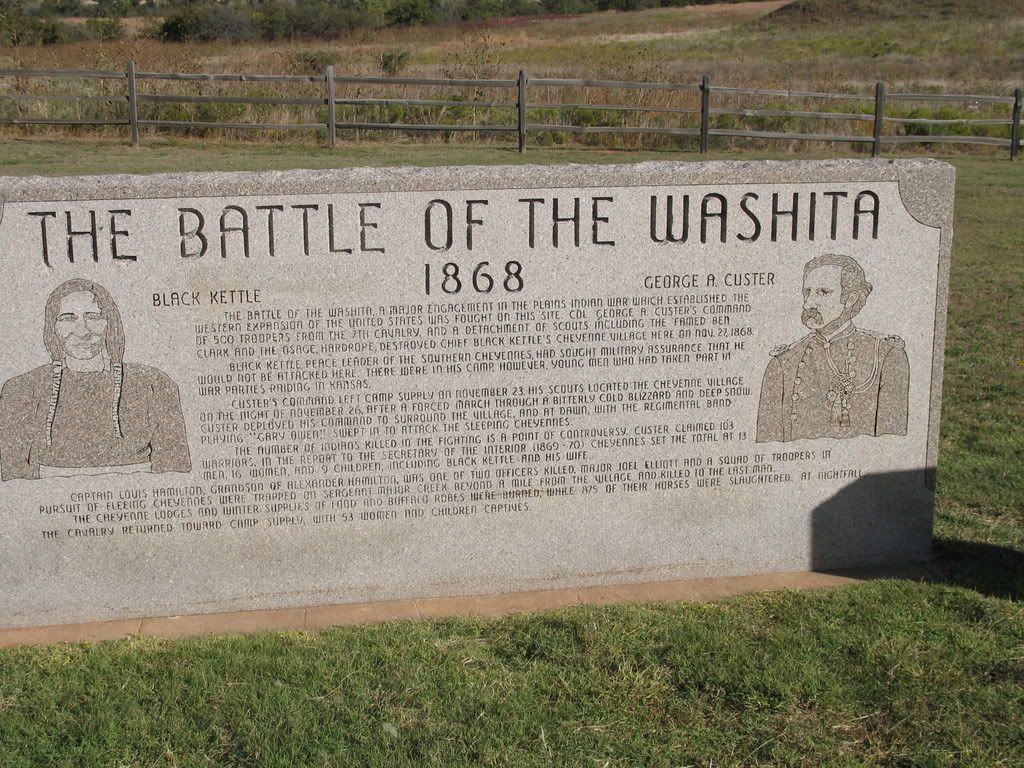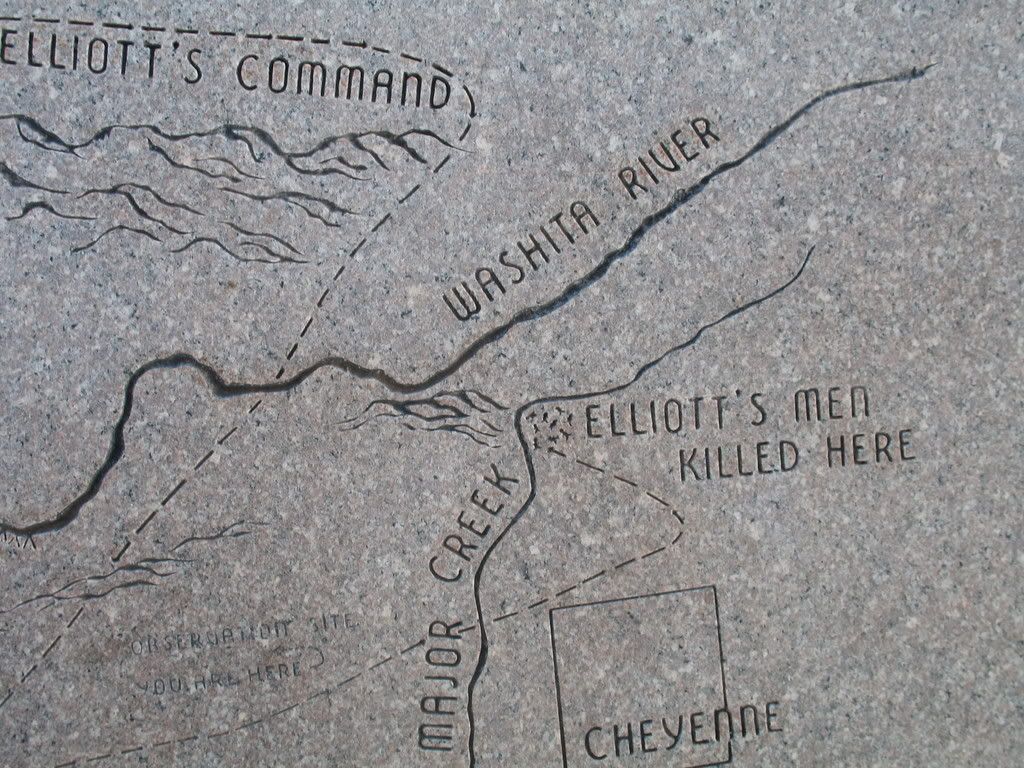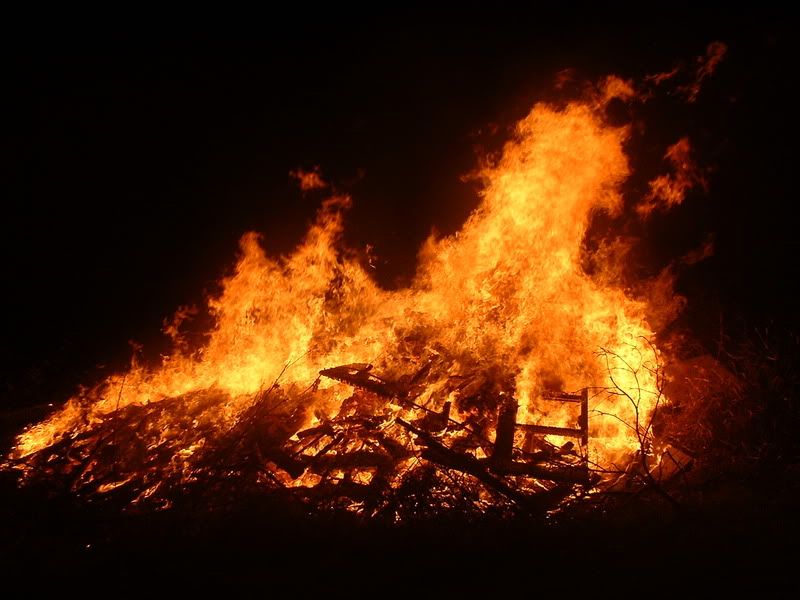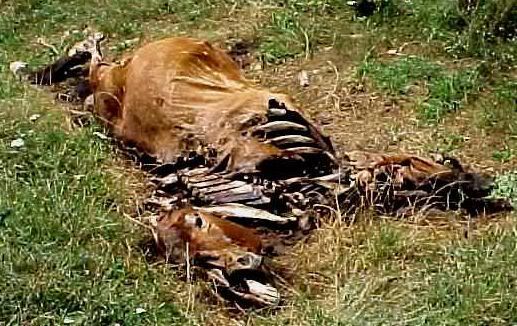Helms, who bragged about his destruction of the evidence to Congress, and Gottlieb were never held accountable for their destruction of evidence. (No surprise to those of us fighting to get the incoming Obama administration to hold Bush Administration officials accountable for their crimes on torture and lying the country into war.) Later, when through the efforts of heroic journalists -- some of them ex-intelligence officers, like John Marks -- some of the programs were exposed, but it was believed much of the CIA's crimes in this instance would never be known.
Yet here we are 35 years later, and some information is still leaking out, in this case in the pages of a small, but noteworthy paper in Rutland, Vermont. The Rutland Herald won a Pulitzer Prize back in 2001. Reporter Louis Porter deserves one for his well-written expose on CIA experiments at Vermont State Hospital, and the purported participation of its head psychiatrist, Dr. Robert W. Hyde.
Throughout his article, Porter is careful not to claim too much. He constructs a circumstantial case for the use of experiments on mental patients, using archival and legal documents. He relies heavily on the testimony of former Hyde patient Karen Wetmore and her legal and medical defenders. No one at Vermont State Hospital today claims any knowledge of any drug or electoshock experimentation, nor has any professional who worked with Dr. Hyde, who died in 1976, come forward to verify Wetmore's claims.
As the article describes it, Karen Wetmore began receiving psychiatric care as a child and adolescent. She was diagnosed in the early 1960s with "hysteria" (a diagnosis no longer in use in the psychiatric field), and then with dissociative identity disorder and schizophrenia. Wetmore denies she has schizophrenia.
In any case, her medical records were reviewed by Dr. Thomas Fox, a Rutland, Vermont doctor who later served as "a top mental health official with the state of New Hampshire." Dr. Fox, who had never offered testimony as an "expert witness" in a civil lawsuit, came forward in Karen's case, horrified by what he saw in her treatment. Even without any CIA involvement, her treatment was scandalous -- involuntary administration of drugs, long periods of isolation. Dr. Fox wrote in her deposition (emphasis added):
“I became convinced, based on the record, that Karen had been mistreated at certain phases of her treatment in (Waterbury), and that, from a professional standpoint, the way in which we police ourselves, the way in which we keep each other ethical and competent, when we identify that, we (members of our profession) should do something about it,” Fox said in a deposition in the lawsuit to Wetmore and the state’s lawyer. “That’s my feeling, you should act on it.”As Louis Porter documents, Karen Wetmore's doctor had connections with CIA researchers and psychologists. It only took me a few minutes to double-check with my sources to see that Robert Hyde had helped co-author two studies cited in the CIA-funded 1961 book, The Manipulation of Human Behavior. Along with LSD-experimenter, Army psychiatrist Max Rinkel, Hyde and other researchers wrote articles on "Experimental schizophrenia-like symptoms" and "Clinical and physiochemical psychosis."
He wrote in an outline that he prepared for her lawsuit in 2000: “I must conclude, in my opinion, that Karen was involved in drug experimentation without her knowledge or consent.”
If anything, the Porter article is a little too circumspect regarding Hyde's CIA ties. John Marks interviewed CIA personnel back in the 1970s, who verified Hyde's CIA credentials. According to Marks's sources, Hyde "advised the CIA on using LSD in covert operations" (p. 65, The Search for the Manchurian Candidate). He had his own special MKULTRA subproject to use as a funding conduit. Thus, while many MKULTRA contract researchers were unwitting recipients of CIA funding over the years, Hyde was not one of those. He was, to quote a certain vice president-elect (out of context, to be sure), "the real deal."
Nor was the use of mental patients for drug experimentation quite the scandal in the 1960s it would be today. In an article by Marvin Zuckerman from the 1960s on "Hallucinations, Reported Sensations, and Images," published in Sensory Deprivation: Fifteen Years of Research (1969, ed. by J.P. Zubek), we find the following (p. 121):
Malitz, Wilkens, and Esecover (1962) have presented data on 100 randomly selected chronic schizophrenic patients, and 57 acute psychiatric patients, and 42 normals administered one of three drugs: d-lysergic acid diethylamide (LSD), d-l-methyl lysergic acid diethylamide (MLD), or d-l-acetyl lysergic acid diethylamide (ALD)....There's more to the Malitz et al. study, but the point here is that there was mass use of psychiatric patients who were given potent hallucinogens and other drugs to study phenomena of interest to the CIA, for example, sensory deprivation.
The content of the drug-induced visual hallucinations was similar to the RVS [Reported Visual Stimulation] phenomena of sensory deprivation (e.g., abstract and geometrical forms, lattice work, flashes,and human, animal, and familiar forms).
In the infamous case of Ewen Cameron at Allen Memorial Hospital at McGill University in Montreal, LSD and other drugs were combined with electroshock, induced sleep or coma, and forced indoctrination in attempts to use patients as involuntary subjects in direct attempts to brainwash patients and induce new personalities or memories.
Porter's article traces the career of Robert Hyde, from the CIA-funded studies at Boston Psychopathic Hospital (now known as Massachusetts Mental Health Center) to Butler Health Center in Providence, R.I., to Vermont State Hospital. While MKULTRA experiments have been documented at both Boston Psychopathic and Butler, to date no one has placed such experimentation at Vermont State Hospital. As for Hyde, he was a highly regarded doctor in his time. Records online show him as a Sponsoring Member of the National Mental Health Committee. The University of Vermont College of Medicine has a "Medical Scholarship Fund" in his name.
Of course, the bulk of MKULTRA records were destroyed, and Porter is left to build a circumstantial case, from documents, and from the nearly destroyed memory of a former mental patient and likely subject of Dr. Hyde's experimentation. Porter's article cites a "1994 Government Accounting Office report on the clandestine research notes that at least 15 of the 80 facilities around North America known to have participated in the research remain unidentified."
Porter concludes:
Wetmore and her advocates could not unequivocally link her case to the CIA’s research activities at other institutions through government documents from the agency, but histories of the CIA’s psychiatric testing, other documents and a preponderance of circumstantial evidence around Wetmore’s treatment based on her medical records suggest the Vermont State Hospital may have been one of the sites for secret experimentation.It is not my intent to reproduce all of Mr. Porter's excellent article here. The point is to whet your appetite and send you off to the link. But a few conclusions of my own are in order.
First, it should be no news to anyone that the CIA cannot be trusted to produce evidence of their own wrong-doing. If too long is taken to get the investigatory machinery underway, crucial evidence can and will be destroyed. One only has to look at the controversy last Spring over the CIA's destruction of the interrogation videotapes of Abu Zubaydah.
Second, despite the efforts of many, it seems clear that there is much we don't know about our own history. And what sometimes we seem to know is only received knowledge or wisdom, repeated often enough by reputable sources, such that a false history is constructed. My one criticism of the Porter article concerns the way he traces U.S. torture back to Soviet and Chinese prototypes. This myth has been deconstructed by me, and also at length by the noted researcher Darius Rejali in his massive study, Torture and Democracy.
Finally, it is crucial that we understand that the resolution of these issues lies in our hands, not that of politicians, or of Obama in particular. Without an outcry by Americans, their own history, and the punishment of criminals in our midst who misused the public trust to engage in actions outside the pale of normal ethical behavior, who were responsible for serious harm or even death to vulnerable people in their care will go unpunished.
It is a short step, ethically, and perhaps politically, from unethical conduct upon mental patients, to lying about the causes for war, and the deaths of a million innocents, as in Iraq. If we don't do something about it, history will not absolve us.
My thanks to Austin K. for tipping me to Porter's article.
Also posted at Invictus
Labels: CIA, Human experimentation, Karen Wetmore, Louis Porter, medical ethics, mind control, mkultra, Robert W. Hyde, Torture, Valtin







